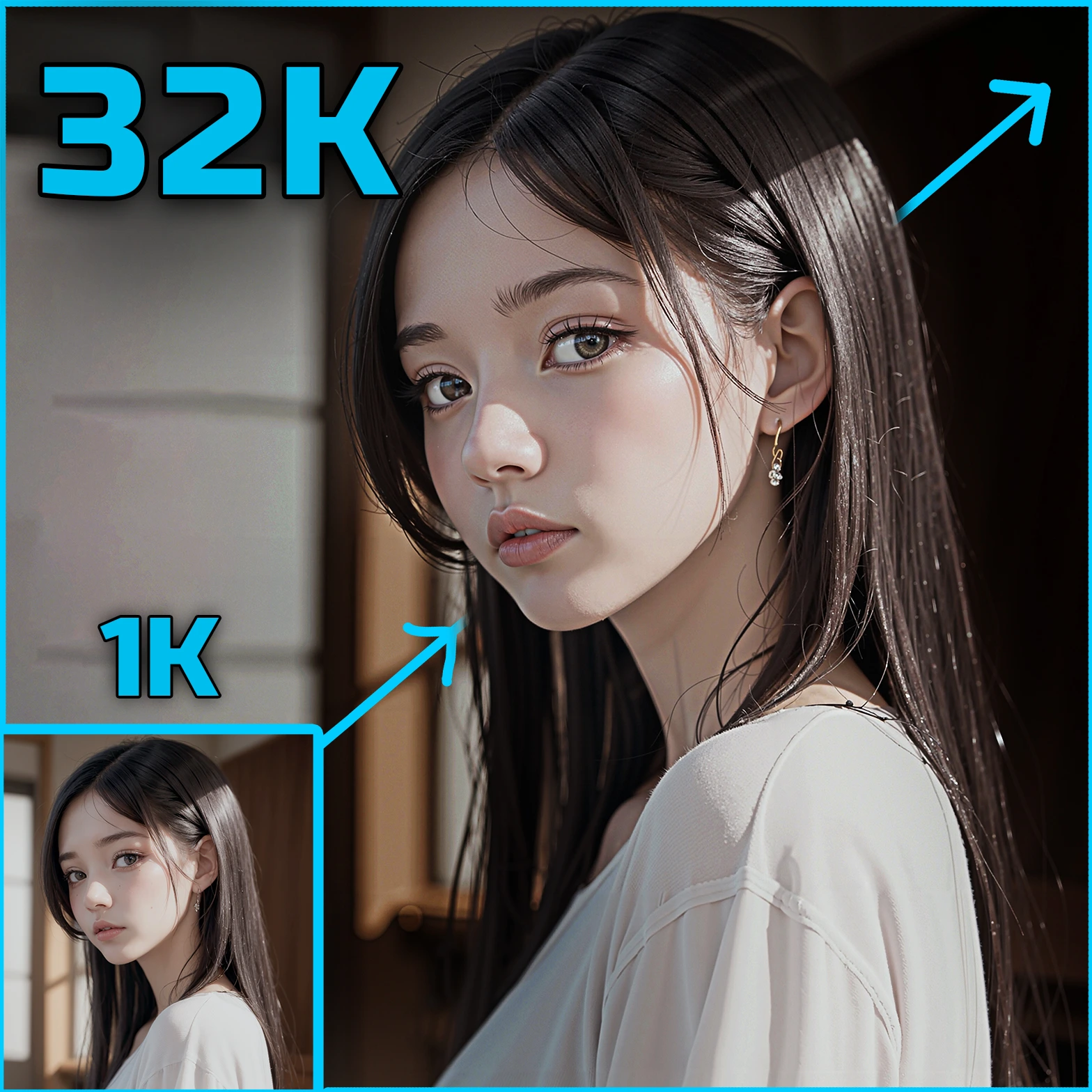ComfyUI Node: LoadCoTracker
LoadCoTracker
CategoryAniDoc
LucipherDev (Account age: 1820days) Extension
ComfyUI-AniDoc Latest Updated
2025-03-28 Github Stars
0.05K
How to Install ComfyUI-AniDoc
Install this extension via the ComfyUI Manager by searching for ComfyUI-AniDoc- 1. Click the Manager button in the main menu
- 2. Select Custom Nodes Manager button
- 3. Enter ComfyUI-AniDoc in the search bar
Visit ComfyUI Online for ready-to-use ComfyUI environment
- Free trial available
- 16GB VRAM to 80GB VRAM GPU machines
- 400+ preloaded models/nodes
- Freedom to upload custom models/nodes
- 200+ ready-to-run workflows
- 100% private workspace with up to 200GB storage
- Dedicated Support
LoadCoTracker Description
Facilitates loading and managing CoTracker model for object tracking in animations, streamlining tasks for AI artists.
LoadCoTracker:
The LoadCoTracker node is designed to facilitate the loading and management of a CoTracker model, which is used for tracking objects within a sequence of frames. This node is particularly beneficial for AI artists working with animations or video sequences, as it provides a streamlined way to handle object tracking tasks. By leveraging the CoTracker model, the node can efficiently track objects across frames, ensuring continuity and accuracy in animations. The primary goal of this node is to simplify the process of loading and configuring the CoTracker model, allowing you to focus on creative aspects rather than technical details. It ensures that the model is loaded with the correct parameters and is ready for use in tracking tasks, making it an essential tool for anyone working with dynamic visual content.
LoadCoTracker Input Parameters:
cotracker_model
This parameter specifies the path or identifier of the CoTracker model to be loaded. It is crucial for determining which model will be used for tracking tasks. The correct model path ensures that the node can locate and load the appropriate model files, which is essential for accurate tracking. There are no specific minimum or maximum values, but it should be a valid path or identifier recognized by the system.
tracking
This boolean parameter indicates whether tracking should be enabled. When set to True, the node will initiate the tracking process using the loaded model. If set to False, tracking will be disabled, and the node will not perform any tracking operations. The default value is typically False.
tracker_shift_grid
This parameter defines the grid shift value for the tracker. It impacts how the tracking grid is adjusted during the tracking process, affecting the precision and accuracy of object tracking. The value should be chosen based on the specific requirements of the tracking task, with no strict minimum or maximum values.
tracker_grid_size
This parameter specifies the size of the tracking grid. It determines the granularity of the tracking process, with larger grid sizes potentially offering more detailed tracking at the cost of increased computational resources. The value should be selected based on the desired balance between detail and performance.
tracker_grid_query_frame
This parameter indicates the specific frame within the sequence that the tracker should query. It is used to determine the starting point or reference frame for the tracking process, which can be critical for ensuring accurate tracking results.
tracker_backward_tracking
This boolean parameter specifies whether backward tracking should be enabled. When set to True, the tracker will also track objects in reverse order, which can be useful for certain types of animations or sequences. The default value is typically False.
max_points
This parameter defines the maximum number of points that the tracker can handle. It limits the number of objects or features that can be tracked simultaneously, impacting the complexity and performance of the tracking process. The value should be chosen based on the specific needs of the project, with no strict minimum or maximum values.
device
This parameter specifies the computational device to be used for running the tracker, such as cuda for GPU acceleration. Using the appropriate device can significantly enhance the performance and speed of the tracking process. The default value is cuda.
dtype
This parameter defines the data type to be used for computations, such as torch.float32. The choice of data type can affect the precision and performance of the tracking process, with torch.float32 being a common default for balancing accuracy and efficiency.
LoadCoTracker Output Parameters:
tracking
This output parameter indicates whether tracking was successfully enabled. It provides a boolean value that reflects the state of the tracking process, allowing you to verify if the node is actively tracking objects.
tracker
This output parameter provides the loaded tracker model instance. It is essential for performing the actual tracking operations and can be used in subsequent nodes or processes that require the tracker.
grid_size
This output parameter reflects the size of the tracking grid used during the process. It provides insight into the granularity of the tracking operations, which can be useful for debugging or optimizing the tracking setup.
grid_query_frame
This output parameter indicates the frame that was used as the reference or starting point for the tracking process. It helps in understanding the context of the tracking operations and can be useful for aligning or synchronizing with other processes.
backward_tracking
This output parameter indicates whether backward tracking was enabled. It provides a boolean value that reflects the state of the backward tracking process, allowing you to verify if the node is tracking objects in reverse order.
max_points
This output parameter reflects the maximum number of points that the tracker can handle. It provides information about the complexity and capacity of the tracking process, which can be useful for planning or optimizing tracking tasks.
LoadCoTracker Usage Tips:
- Ensure that the
cotracker_modelpath is correctly specified to avoid loading errors and ensure accurate tracking results. - Adjust the
tracker_grid_sizeandtracker_shift_gridparameters based on the complexity and detail required for your specific tracking task. - Utilize the
deviceparameter to leverage GPU acceleration for improved performance, especially when working with large or complex sequences.
LoadCoTracker Common Errors and Solutions:
Model not found
- Explanation: This error occurs when the specified
cotracker_modelpath is incorrect or the model file is missing. - Solution: Verify that the model path is correct and that the model file exists in the specified location.
Invalid device
- Explanation: This error occurs when the specified
deviceis not available or recognized by the system. - Solution: Ensure that the device name is correct and that the necessary hardware (e.g., GPU) is available and properly configured.
Tracking not enabled
- Explanation: This error occurs when the
trackingparameter is set toFalse, preventing the tracking process from starting. - Solution: Set the
trackingparameter toTrueto enable the tracking process.
LoadCoTracker Related Nodes
RunComfy is the premier ComfyUI platform, offering ComfyUI online environment and services, along with ComfyUI workflows featuring stunning visuals. RunComfy also provides AI Playground, enabling artists to harness the latest AI tools to create incredible art.




